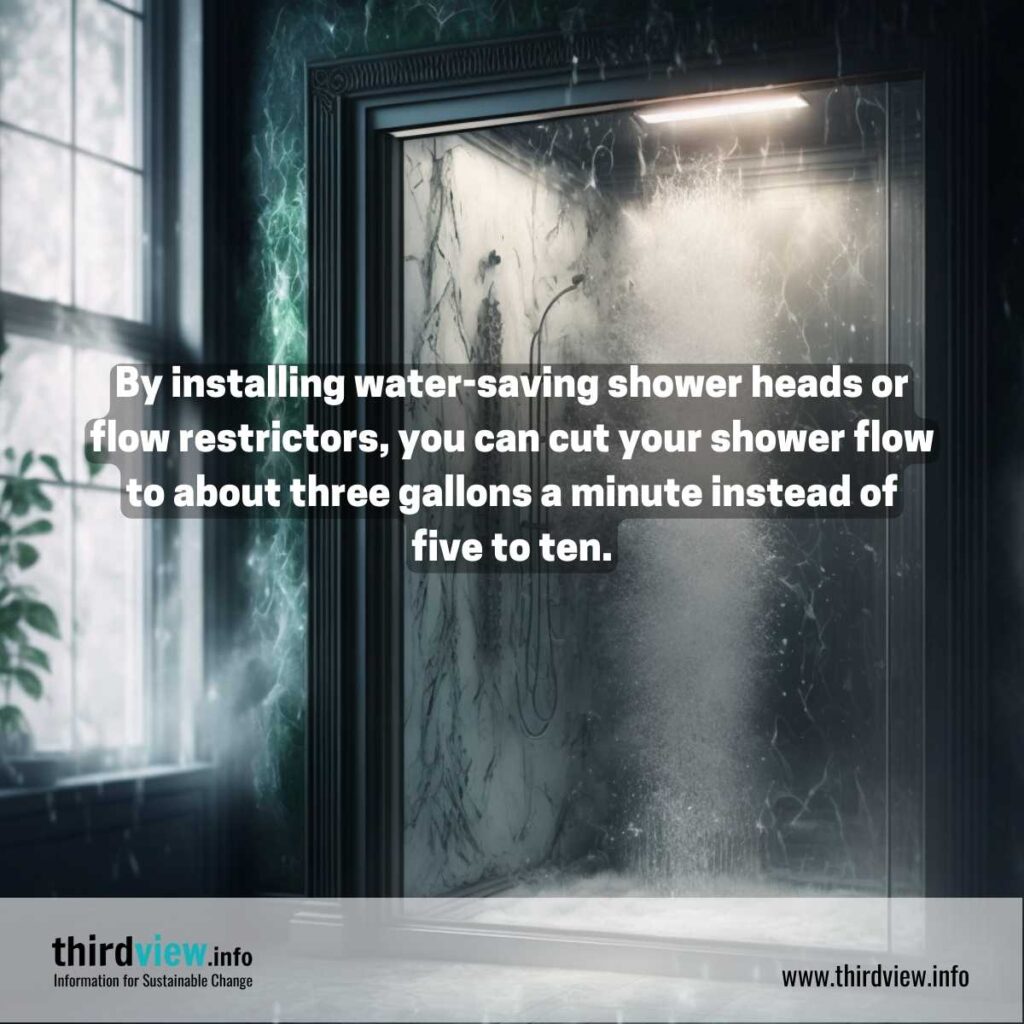Little Known Questions About Reclaim Waste.
Wiki Article
A Biased View of Reclaim Waste
Table of ContentsSome Known Incorrect Statements About Reclaim Waste Some Known Factual Statements About Reclaim Waste About Reclaim WasteThe Single Strategy To Use For Reclaim WasteThe 10-Minute Rule for Reclaim Waste
Explore the types, occurrences, and types of liquid waste. Residential sewage waste refers to the waste and items from a property sewage-disposal tank. This kind of waste is produced by people in houses, schools, and various other buildings. This only consists of sewage-disposal tanks that have a drainpipe area. The proper management and disposal of residential sewer waste call for fluid waste to be transferred to a sewage therapy plant where the proper methods and equipment are used to cleanse and take care of waste.
Commercial waste commonly includes prospective risks, such as combustible products or a mixture of fluid and strong waste products, and requires an advanced and detailed disposal process. The disposal of commercial waste normally includes the filtration of waste prior to transport to ensure safe and proper disposal. Industrial waste is created from byproducts and overflow of industrial processes and production.
This sort of waste can not utilize the very same sewer monitoring transport or processes as septic or business liquids. The industrial waste management process requires the evaluation and screening of liquid waste before it goes through the disposal procedure (liquid waste disposal). Drainage waste is the liquid waste that originates from overflow and excess stormwater in extremely booming areas or cities
Runoff waste can cause contamination and flooding if not handled effectively. Guaranteeing appropriate waste administration can protect against calamities and reduce environmental harm.
Reclaim Waste for Dummies
Call PROS Providers today to discover our waste management and disposal solutions and the proper means to take care of the liquid waste you generate.(https://filesharingtalk.com/members/604691-reclaimwaste1)Do you recognize what happens to your water when you draw the plug, flush the toilet or drain the cleaning machine? No? Well, it deserves recognizing. This so-called 'wastewater' is not only a crucial source however, after treatment, will be released to our land, rivers or the ocean. Made use of water from bathrooms, showers, baths, kitchen sinks, laundries and industrial processes is called wastewater.

water made use of to cool down equipment or tidy plant and devices). Stormwater, a form of wastewater, is overflow that flows from agricultural and metropolitan areas such as roofing systems, parks, yards, roadways, paths and rain gutters right into stormwater drains, after rainfall. Stormwater streams without treatment directly to regional creeks or rivers, at some point reaching the ocean.
Not known Details About Reclaim Waste
In Queensland, most wastewater is treated at sewage therapy plants. Wastewater is carried from residential or commercial sites through a system of sewage systems and pump stations, called sewage reticulation, to a sewer therapy plant. Regional federal governments build, keep and operate most sewage treatment plants. Operators are certified under the Environmental Protection Act 1994 to discharge cured wastewater at an appropriate ecological standard right into waterways.The Department of Natural Resources suggests city governments regarding managing, operating and maintaining sewerage systems and therapy plants. In unsewered areas, city governments may need householders to set up specific or family sewage therapy systems to deal with residential wastewater from commodes, kitchen areas, washrooms and washings. The Department of Natural Resources authorises making use of house systems when they are confirmed to be effective.
In some new class, treatment of some stormwater to eliminate litter, sand and crushed rock has actually started using gross toxin catches. Wastewater therapy happens in 4 stages: Gets rid of strong issue.
Makes use of little living organisms understands as micro-organisms to damage down and remove remaining dissolved wastes and fine particles. Micro-organisms and wastes are included in the sludge.
The Ultimate Guide To Reclaim Waste
Nutrient elimination is not readily available at all sewer therapy plants due to the fact that it calls for costly specialized equipment. It is ending up being extra usual in Queensland. Clear fluid effluent generated after treatment may still include disease-causing micro-organisms. If this effluent is released into rivers such as rivers or the sea, the micro-organisms will at some point die out.
Most wastewater flows right into the sewerage system. Under the Act, neighborhood federal governments administer authorizations and permits for ecologically pertinent Discover More tasks (Periods) involving wastewater launches that might have a neighborhood impact.
See This Report about Reclaim Waste
Monitoring gives valid details regarding water quality and can validate that licence conditions are being fulfilled. The details gotten through tracking supplies the basis for making water high quality decisions.Report this wiki page